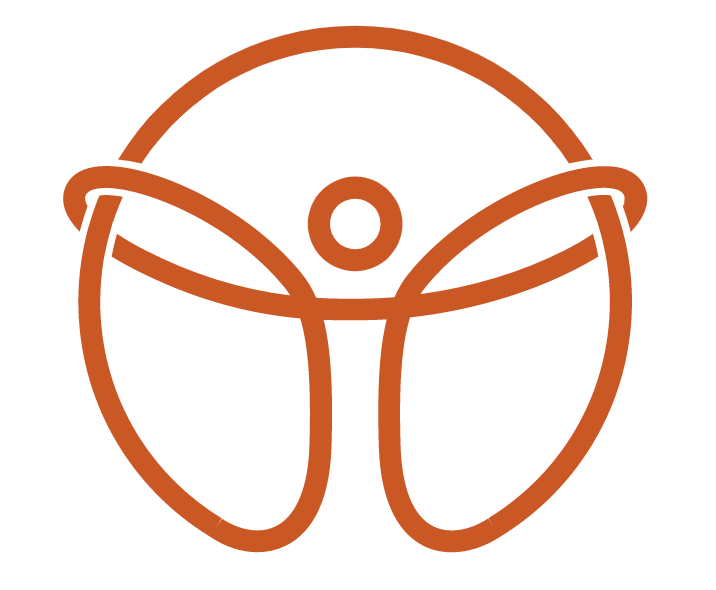Achilles Tendon Tears: Surgery or Rehab? Plus, How Chiropractors Can Help with Recovery
If you or someone you know has torn their Achilles tendon, you might be wondering: Should you get surgery, or can it heal on its own? The good news is that recent research has shed more light on this debate. Let’s break down the latest findings and go over a full chiropractic rehab plan, including dry needling, joint mobilizations, soft tissue work, and gait retraining to help speed up recovery.
Surgery vs. Non-Surgical Treatment: What Does the Research Say?
A torn Achilles is a serious injury, and deciding between surgery or a non-surgical approach depends on factors like activity level, risk of re-injury, and personal preference.
Here’s what the latest studies have found:
1. Surgery lowers the risk of re-rupture – Research shows that people who have surgery are less likely to tear their Achilles again and return to activity faster.
2. Non-surgical treatment can be just as effective with proper rehab – If rehab includes **early movement and progressive loading, the long-term results can be just as good as surgery.
3. Surgery carries more risks – Infection, nerve damage, and wound healing problems are more common in the surgical group.
4. Strength and function are similar long-term – While surgery patients may regain strength faster, after a year, both groups tend to perform similarly if rehab is done correctly.
Bottom line? If you’re an athlete looking for a quick return to sport, surgery might be best. But if you want to avoid surgical risks and follow a structured rehab plan, non-surgical treatment is a great option.
The Alfredson Protocol: A Proven Achilles Rehab Plan
Whether you’ve had surgery or not, a proper rehab program is key. One of the best-known protocols is the Alfredson Protocol, developed by Dr. Håkan Alfredson in the 1990s. It focuses on eccentric strengthening, meaning slow, controlled movements to lengthen the tendon under load.
Alfredson Protocol Exercises
Do these exercises twice a day for 12 weeks:
1. Straight-Leg Heel Drop
- Stand on the edge of a step with just the ball of your foot.
- Use your good leg to push up onto your toes.
- Shift your weight to your injured leg and slowly lower your heel below the step over 3-5 seconds.
- 3 sets of 15 reps.
2. Bent-Knee Heel Drop
- Same movement as above, but with a slight knee bend to target different parts of the Achilles.
- 3 sets of 15 reps.
✅ Expect mild to moderate pain—this is normal and shows the tendon is loading properly.
✅ If it’s too easy, add weight with a backpack.
How Chiropractors Can Help Achilles Rehab
While the Alfredson Protocol is a solid foundation, chiropractic care can take your recovery to the next level. A comprehensive approach should include soft tissue work, joint mobilization, and supervised gait retraining to restore full function.
1. Dry Needling for Pain and Healing
Dry needling can help by:
✔️ Reducing pain and inflammation in the calf and Achilles
✔️ Improving blood flow to the injured tendon
✔️ Releasing muscle tightness that could be affecting gait mechanics
Your chiropractor may target the calf muscles, Achilles tendon, and even the plantar fascia for a full lower leg reset.
2. Joint Mobilization and Manipulation
A stiff ankle, foot, or even hip can put extra strain on the Achilles. Chiropractic adjustments can:
✔️ Restore normal foot and ankle motion
✔️ Reduce compensation patterns that lead to re-injury
✔️ Improve weight distribution when walking or running
Mobilizations of the talus (ankle bone), calcaneus (heel), and first metatarsal are often key to regaining proper foot function.
3. Soft Tissue Therapy for Faster Recovery
Manual therapy techniques like Active Release Technique (ART), IASTM (scraping), and myofascial release can:
✔️ Break up scar tissue from the injury or surgery
✔️ Improve calf and Achilles flexibility
✔️ Reduce tendon stiffness and pain
Your chiropractor may focus on tight soleus, gastrocnemius, and peroneal muscles to help reduce stress on the Achilles.
4. Supervised Gait Retraining
One of the biggest mistakes after an Achilles injury is returning to walking and running with poor mechanics. A chiropractor trained in movement rehab will:
✔️ Assess **walking and running gait** for compensations
✔️ Use drills to improve foot strike and push-off mechanics
✔️ Help prevent overloading the Achilles in the future
This may include barefoot training, proprioceptive exercises, and neuromuscular re-education to rebuild strength from the ground up.
Putting It All Together: A Chiropractic Achilles Rehab Plan
Phase 1 (0-6 weeks) – Reduce pain and swelling
- Dry needling & soft tissue therapy
- Gentle ankle mobilizations
- Non-weight-bearing exercises (toe curls, isometric holds)
Phase 2 (6-12 weeks) – Restore strength and mobility
- Eccentric exercises (Alfredson Protocol)
- Chiropractic adjustments for ankle/foot
- Weight-bearing balance work
Phase 3 (12+ weeks) – Return to full activity
- Gait retraining and running drills
- Sport-specific rehab (jumping, cutting)
- Progressive return to impact activities
Final Thoughts
An Achilles tendon tear is a tough injury, but with the right rehab plan, you can get back to full strength. Whether you choose surgery or conservative care, chiropractic treatment can make a big difference by improving mobility, strength, and movement mechanics.
If you’re recovering from an Achilles injury, consider working with a sports chiropractor who can combine hands-on treatment with functional rehab to help you heal faster and move better.
Stay strong and keep moving!

